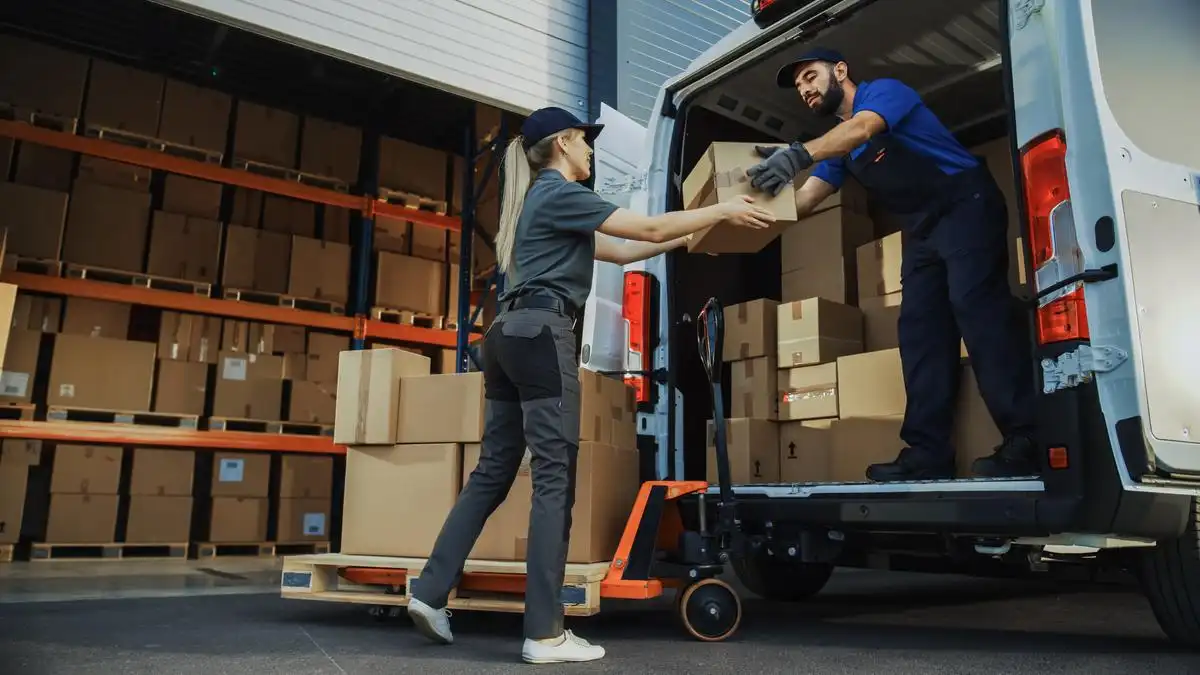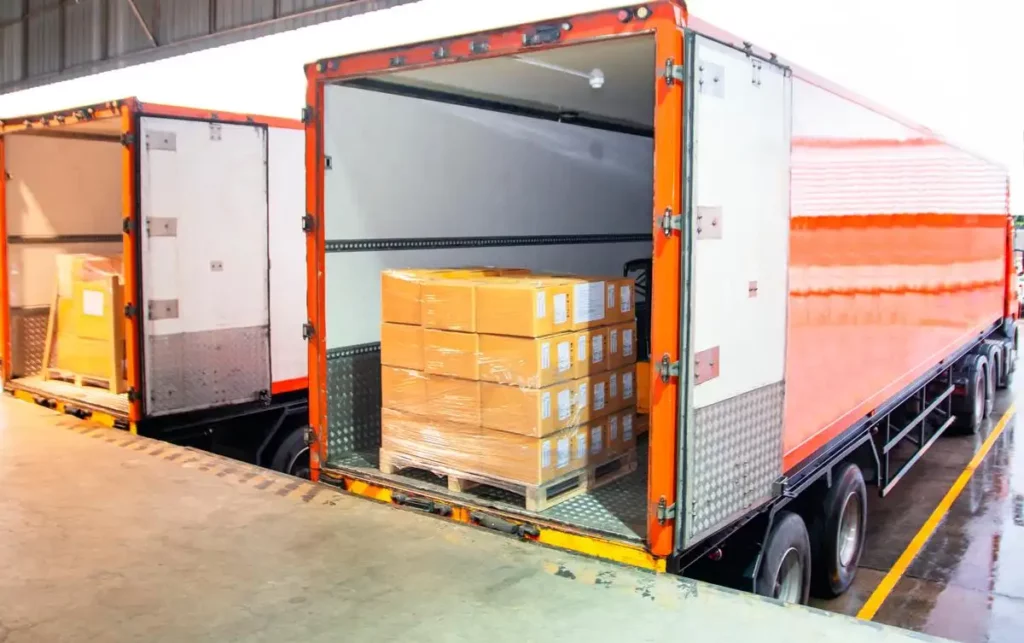We’ve all had moments when we needed something delivered ASAP, right? That’s where Hot Shot delivery shines! On the other hand, traditional shipping is a familiar concept to most of us, but how does it stack up against this more urgent service?
This blog is going to break down these two delivery methods, giving you a clearer picture of their uses, costs, and benefits. So, let’s hop on this knowledge journey together.

Understanding Hot Shot Delivery
Hot Shot delivery, as the name suggests, is all about urgency and speed. In the logistics realm, it refers to the expedited shipment of goods that just can’t wait – it’s a service reserved for the most pressing delivery scenarios.
These can vary from transporting pallets of fresh produce to distributors within a tight time frame, to swiftly replacing a courier experiencing a breakdown.
Essentially, Hot Shot delivery is like the superhero of the logistics world – available 24 hours a day, 7 days a week, ready to traverse miles on end to get your package where it needs to be, and pronto.
Though, like most superheroes, this service comes at a cost, typically higher than other shipping options. Yet, for time-sensitive materials or complex delivery situations, the cost is worth it, as Hot Shot is the fastest and most efficient way to move your items.
Understanding Traditional Shipping
Traditional shipping, on the other hand, is more akin to a steady, reliable workhorse in the logistics industry. It operates on a regular, predictable schedule, dealing with larger and often heavier freight. The kind of goods that you can ship traditionally ranges from consumer items to non-perishable foods and appliances.
These deliveries are usually not as urgent, allowing them to be transported on established routes, often using a hub-and-spoke model which might involve multiple stops before reaching the final destination. With traditional shipping, you have the luxury of time and planning, as it’s not built for immediate, urgent needs like Hot Shot delivery.
As far as costs are concerned, traditional shipping, owing to economies of scale and regular routes, is generally more cost-effective. However, it does require flexibility with delivery times and the ability to plan your shipment well in advance.
Comparing Hot Shot Delivery and Traditional Shipping
Having painted a broad picture of what Hot Shot delivery and traditional shipping individually entail, let’s now delve into a side-by-side comparison. We’ll consider key factors such as urgency, shipment size and weight, pricing, routes and schedules, and the types of goods transported.
This comparison will help you discern which method might be the best fit for your shipping needs.
Urgency and Delivery Time
When the clock is ticking, Hot Shot delivery proves to be a winner. It’s the go-to choice for time-critical scenarios, ensuring prompt dispatch and swift delivery. On the contrary, traditional shipping abides by a preset timetable and is not designed for immediate, urgent deliveries.
Size and Weight of Shipment
Hot Shot deliveries are generally smaller and lighter, usually handled by medium to one-ton trucks ready to roll out at short notice. In contrast, traditional shipping can accommodate larger and heavier freight, using sizable trucks and shipping containers for the task.
Pricing
In terms of cost, Hot Shot delivery typically commands a higher price due to its express nature, non-stop routes, and operational demands. Traditional shipping, meanwhile, is often more affordable, taking advantage of economies of scale when moving larger volumes of goods via regular routes.
Routes and Schedules
Hot Shot delivery offers remarkable flexibility, generally featuring direct, uninterrupted delivery to the destination. Traditional shipping follows a more systematic schedule and routes, using a hub-and-spoke system that may involve multiple stops along the way.
Types of Goods Transported
Hot Shot is often chosen for urgent, time-sensitive items like medical supplies or crucial industrial parts. In contrast, traditional shipping is capable of transporting a wide variety of goods, including consumer items, non-perishable foods, and appliances.
It all boils down to speed versus volume, immediate needs versus advance planning. Both methods have their unique strengths, and the choice ultimately hinges on your specific needs.
Choosing Between Hot Shot Delivery and Traditional Shipping
Selecting between Hot Shot delivery and traditional shipping hinges on your unique needs. If speed and immediacy are of the essence, and your shipment is relatively small and lightweight, Hot Shot is your best bet. It’s a premium service designed to deliver under tight deadlines.
However, if you’re shipping larger volumes of goods and can afford to wait, traditional shipping is more cost-effective and reliable. Consider factors such as your budget, urgency, shipment size, and the nature of your goods before making a choice. Remember, the right shipping method can save you time, money, and peace of mind.
Conclusion
As we reach the end of our delivery journey, we hope you’ve gained valuable insights into the distinct realms of Hot Shot delivery and traditional shipping. Each comes with its unique features and benefits, designed to meet specific logistics needs.
Should you find yourself needing either of these services, why not give Mile-High Delivery & Cold Storage a try? We offer an array of delivery services in Denver, CO tailored to your requirements. Whether you’re looking for the speed of Hot Shot delivery or the economical advantage of traditional shipping, we’ve got you covered.

